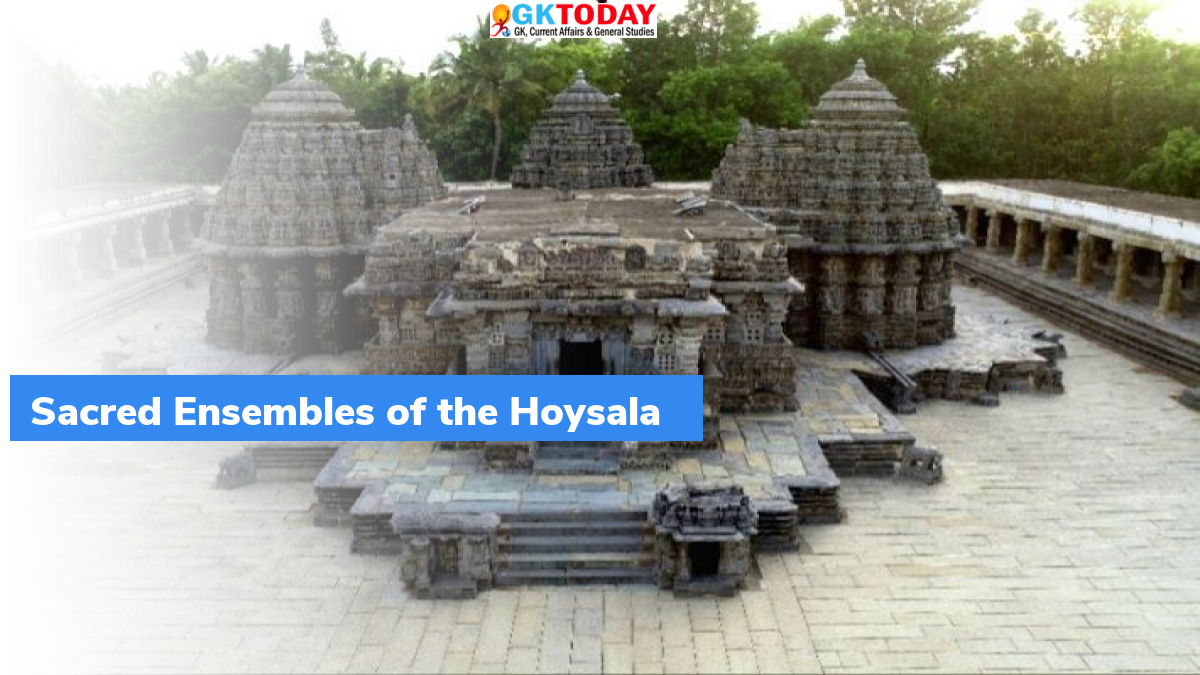Sacred Ensembles of the Hoysala
The Hoysala Temples of Belur, Halebid and Somnath Pura in Karnataka will be nominated for World Heritage List for the year 2022-2023 from India.
Key Points
- Since April 15, 2014, the ‘Sacred Ensembles of the Hoysala’ are on UNESCO’s Tentative list.
- The temples stand testimony to the rich cultural and historical heritage of India.
Nomination of Hoysala temples
Nomination of Hoysala Temples to UNESCO was submitted by Permanent Representative of India to UNESCO, Vishal V Sharma. Nomination was submitted to UNESCO Director of World Heritage Lazare Eloundou. After the submission of the dossier, technical scrutiny will be done. Site will be evaluated in September or October 2022 and dossier will be taken up for consideration in July or August 2023.
Protected Monuments
The Hoysala temples are protected monuments of Archaeological Survey of India.
Sacred Ensembles of the Hoysala at Belur
The Chennakeshava temple is devoted to Lord Vishnu. It was at the centre of old walled town, located on the banks of Yagachi River. Its construction started in 1117 AD and completed in 103 years. Around 118 stone inscriptions have been recovered from its complex, belonging to 1117-18th century. Richly sculptured exterior of this temple includes sculptures, iconography and horizontal friezes which depict scenes from daily life, dance and music. These scenes narrate the life of Vishnu and his reincarnations. It also narrates the epics namely Ramayana, and Mahabharata.
Sacred Ensembles of the Hoysala at Halebid
Hoysaleswara temple at Halebidu was built during the reign of Hoysala King, Vishnuvardhana Hoysaleshwara, in 1121CE. It is dedicated to Shiva. It was sponsored and built by merchants and wealthy citizens of Dwarasamudra. The temple is well-known for more than 240 wall sculptures, running along the outer wall.
About Hoysala Dynasty
Hoysala dynasty existed in South Indian between 1110 A.D. and 1326 A.D. it was founded by Nripa Kama II or Sala. Its capital initially resided at Belur, but later moved to Halebidu. The dynasty ruled over parts of modern states of Mysore, Kerala, Andhra Pradesh, and Tamil Nadu.
Month: Current Affairs - February, 2022
Category: Art & Culture Current Affairs • India Nation & States Current Affairs


